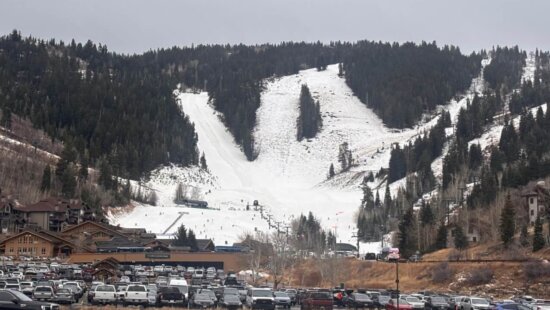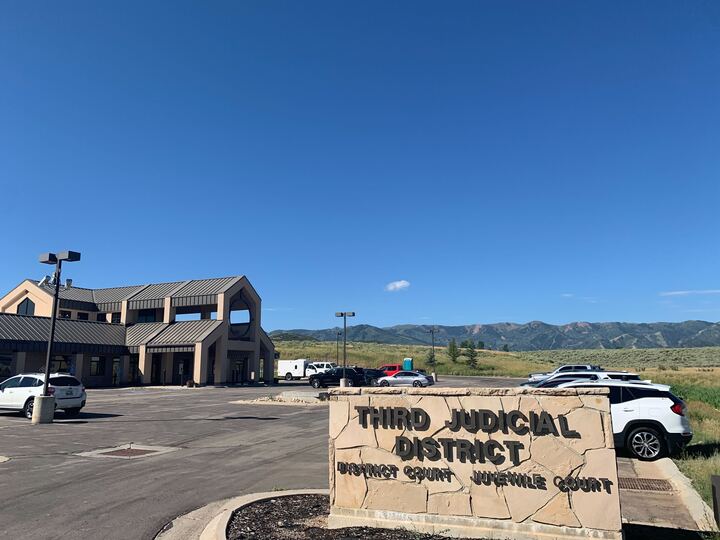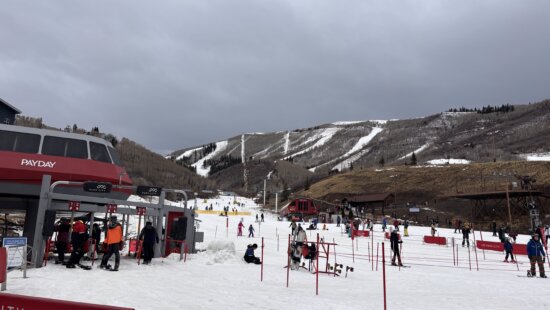Weather
New Zealand experienced its warmest winter on record (for the third year in a row)
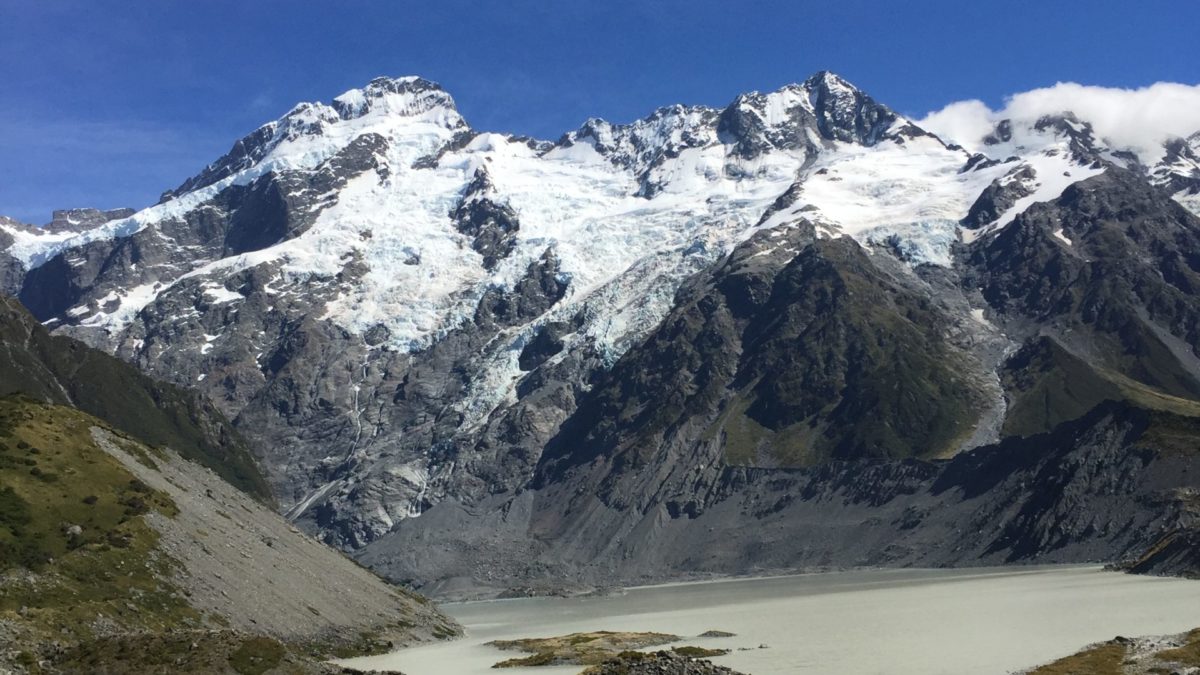
Aoraki Mount Cook National Park, New Zealand. Photo: TownLift
TŪROA SKI AREA, New Zealand — New Zealand’s Tūroa ski area is usually a white wonderland at this time of year, its deep snowpack supporting its famed spring skiing. This season, it’s largely a barren moonscape, with tiny patches of snow poking out between vast fields of jagged volcanic boulders.
The ski area was forced to close for the season this week, three weeks earlier than planned.
Rain repeatedly washed away the snow, and the ski area’s 50 snowmaking machines proved no match against balmy temperatures. Climate change appears to be a significant factor, after New Zealand experienced its warmest winter on record — for the third year in a row.
The disastrous snow season comes after the previous two seasons were severely disrupted by COVID-19, leaving Tūroa and its sister ski area Whakapapa on the brink of bankruptcy.
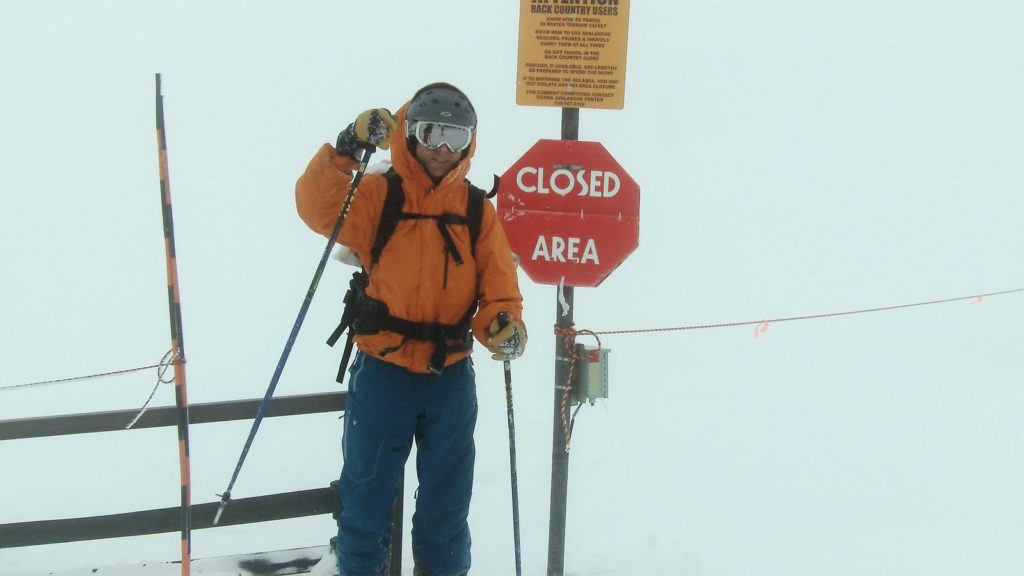
The two ski areas, which are among New Zealand’s largest, are owned by the same company and located on opposite sides of Mount Ruapehu. Should they be forced to close permanently, it would leave North Island, where more than three-quarters of the nation’s 5 million people live, without any major ski areas.
Even in New Zealand’s cooler South Island, climate change is raising questions about the future of skiing and snowboarding. The sports have long been important for attracting foreign tourist dollars to New Zealand and form part of the nation’s identity as an outdoor adventure destination.
At Tūroa this season, workers in snow-grooming machines spent thousands of hours pushing what snow there was onto trails, allowing expert skiers and snowboarders to take the chairlifts to the top of the ski area for limited runs. But there was little on offer for beginners or intermediates.
Sam Yates, 21, this year landed his dream job as a ski instructor at Tūroa. But he estimates he managed to teach people on only about a dozen days between frequent mountain closures. On some days when Tūroa was closed, he was asked to pour coffees in the cafeteria at Whakapapa. In mid-August, he was one of about 135 workers — one-third of the staff at the two ski areas — who were laid off.
“It’s heartbreaking to see the weather,” Yates said. “You move down here and sacrifice six months of your life to commit to skiing. When you do that and then you can’t ski, it’s quite disheartening and yeah, heartbreaking.”
With the snow melting away and his job gone, Yates decided to pack up his van and move to South Island, where the skiing has been better. Then he hopes to follow the winter to Canada.
Johan Bergman, the ski area manager at Tūroa, said it had been a tough season.
We’ve had some pretty decent snowfalls, but they’ve generally been followed by rain events, which has washed a lot of the snow away,” he said. “And it’s been a bit warm this winter, too, over the whole country, so we’re really lacking that snow this year.
He looked behind him at the barren mountain.
“This should be white at the moment,” he said.
Bergman said that in his view, climate change is a background factor but this season has been more a case of bad luck. And he’s bullish on the sport’s future at Ruapehu.
“I always see skiing up here in the North Island of New Zealand,” he said.
















